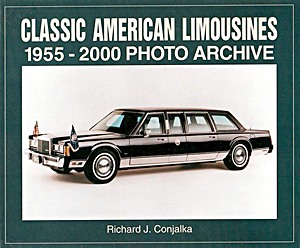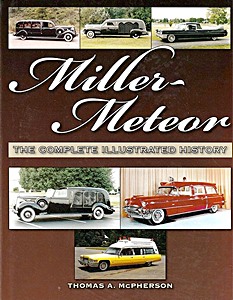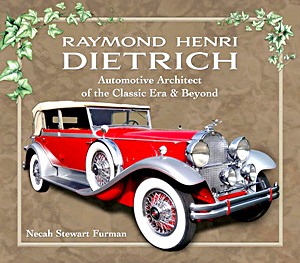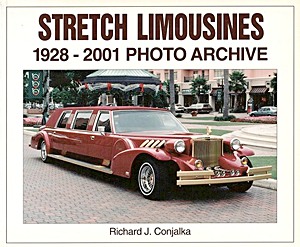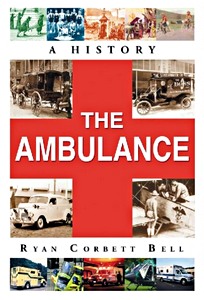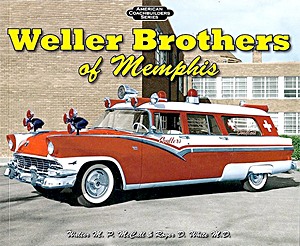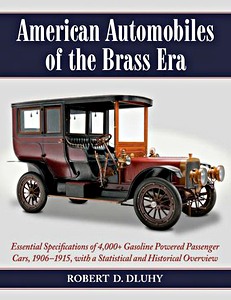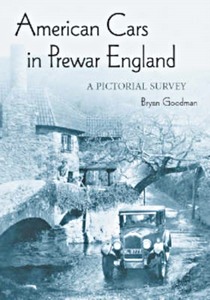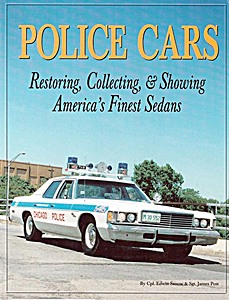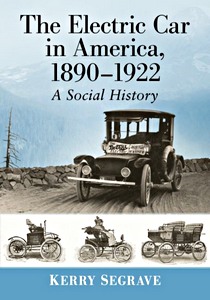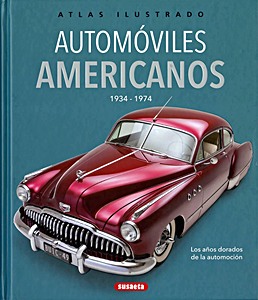Classic American Ambulances and Funeral Vehicles 1900-1980 Photo Archives
Covering the early and classic time period of ambulances and funeral vehicles, two out-of-print yet in-demand Iconografix books have now been combined into one book and restored for your enjoyment.
"Classic American Ambulances 1900-1979 Photo Archive"is a photographic history of the evolution and sudden demise of the passenger car-based emergency ambulance while "Classic American Funeral Vehicles 1900-1980 Photo Archive" shows hearses, flower cars, and funeral service cars.
Anyone involved in the funeral or ambulance industry will enjoy seeing these classic luxury cars, as will any car enthusiast, restorer, modeler, and historian.
Details
| Autor: | Walt McCall, Tom McPherson |
|---|---|
| Ausführung: | 256 Seiten, 21.5 x 26 x 1.9 cm, kartoniert |
| Abbildungen: | 244 s/w-Abbildungen |
| Verlag: | Iconografix (USA, 2007) |
| ISBN: | 9781583882061 |
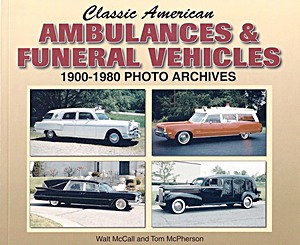
Classic American Ambulances and Funeral Vehicles 1900-1980 Photo Archives
Sprache: Englisch
Erhältlich bei Amazon - sichere Zahlung und schnelle Lieferung
Kaufen bei Amazon DE
